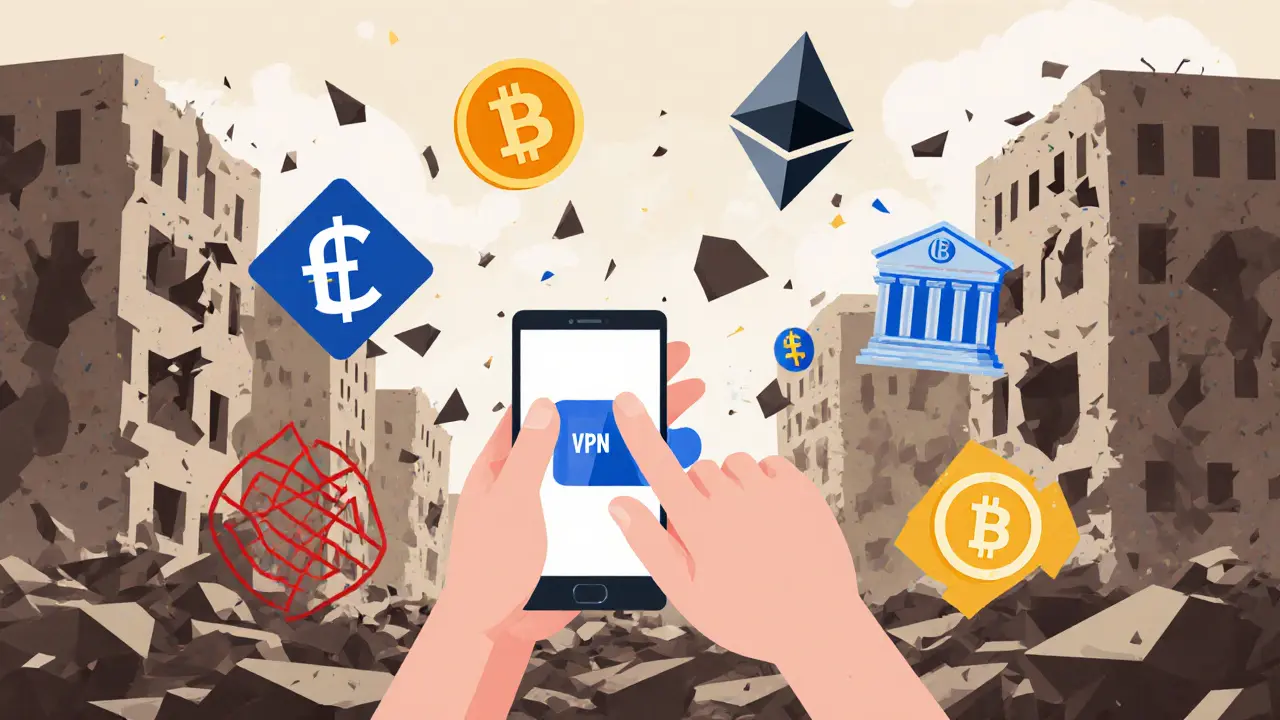Ethereum: What It Is, How It Works, and Why It Still Rules Crypto
When you hear about Ethereum, a decentralized blockchain platform that runs smart contracts and powers thousands of apps. Also known as ETH, it’s the backbone of most crypto projects you interact with today. Unlike Bitcoin, which is mostly digital gold, Ethereum is a programmable network. It lets developers build things like decentralized exchanges, lending platforms, and NFT marketplaces—all without needing a company in the middle.
This isn’t just theory. Over 80% of DeFi apps, including Uniswap and Aave, run on Ethereum. Even when new blockchains pop up with faster speeds or lower fees, they often still connect back to Ethereum because that’s where the liquidity, users, and trust live. Smart contracts—self-executing code on the blockchain—are what make this possible. They handle everything from token swaps to voting in DAOs, and they run exactly as written, no exceptions. That’s why scams like JPEX or XeggeX keep failing: they can’t fake the transparency Ethereum offers.
But Ethereum isn’t perfect. High fees used to scare people away, which is why you see so many posts about alternatives like World Chain or Arbitrum. Still, those chains often just piggyback on Ethereum’s security. And when you look at projects like Dopex or APENFT, they’re built on Ethereum because it’s the only network with enough history to be trusted. Even NFTs that crashed in 2022? Most of them were minted on Ethereum. It’s the foundation, even when people forget it.
You’ll find posts here about airdrops tied to Ethereum-based tokens, exchanges that support ETH trading, and scams that pretend to be Ethereum projects. Some of these are legit opportunities. Others are pure noise. What you won’t find is a single post that ignores Ethereum’s role. Whether it’s staking ETH, using a DeFi protocol, or buying an NFT, this network is the common thread. Below, you’ll see exactly how it connects to the real crypto world—good, bad, and everything in between.
Ethereum: The Leading Smart Contract Platform
Ethereum is the leading smart contract platform, powering millions of decentralized apps, DeFi protocols, and NFTs. With Ethereum 2.0 and Layer 2 scaling, it's faster, cheaper, and more sustainable than ever.
learn moreHow Citizens in Sanctioned Countries Access Crypto Exchanges
Citizens in sanctioned countries use Bitcoin, Ethereum, and decentralized stablecoins to bypass financial restrictions. Despite OFAC crackdowns, they adapt with DEXs, P2P trading, and wallet rotation to keep access to global finance.
learn more
